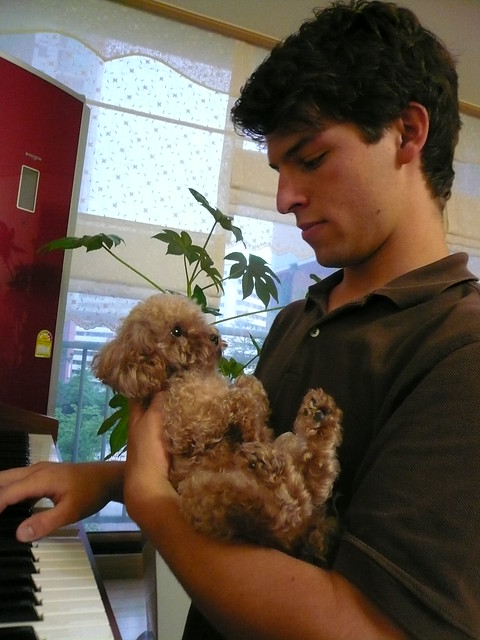AWARENESS
CHALLENGE
EMPATHY
People often compliment me for
the work I do with children in long term care, and say “I could never do that!”,
“Isn’t it depressing?”, “I just can’t imagine”, or “that is so sad”. My
response to them is that my clients motivate me, inspire me, and bring me life
more than anyone. I work with several
children with degenerative diseases and terminal illness, and while I have no
ability to really truly understand what they are going through, our connection often
grows stronger and deeper than ever as we simply just take time to get to know
each other. Spending time with these
children is a gift, and the opportunity to share intimate moments through music
is the most beautiful and powerful thing.
I encourage everyone to volunteer and take some time to visit someone
dealing with the symptoms of a degenerative disease. A visit with a stranger might become the
moment that changes your life forever.
My recommendations for your visit:
- Volunteer
your time openly and visit with them, simply just hang out and have a good time.
Truthfully you won’t really understand what the person is going through,
and you won’t necessarily know what it’s really like to be the mother of a child
who lives in a hospital, but you can try to relate and find a connection in other ways.
- Note that they are not the disease/disability
and they don’t want the disease to define who they are and what they talk about.
They like music, pop culture, being
outside, playing games and watching cartoons – talk to them about these
things. It is so easy to find a
connection on that level and share with
them in the joy that life brings you by playing games and connecting
through your mutual favorite TV series.
- Do
something or create something
through activities and crafts. Ask them
what sports they play or what hobbies they take part in – join them in that sport/hobby/craft
or whatever it might be.
- Laugh, Love, & Connect
Let me know if you need help
finding a place to volunteer in your area.
My clients inspire me, and I’m sure they will inspire you.
ABOUT ALS...
WHAT IS ALS? Amyotrophic Lateral Sclerosis (ALS), commonly
known as “Lou Gehrig’s Disease”, is literally translated to “no muscle
nourishment”. It is a progressive neurodegenerative
disease that effects around 12,000-15,000 Americans (www.cdc.gov/als) and overtime causes motor
neurons to die, which leads to loss of voluntary muscle control and oftentimes
total paralysis before leading to death. Other symptoms include: muscle weakness and thinning, difficulty
swallowing or breathing, and difficulty communicating with intelligible speech.
(www.alsa.org).
SOME RECOMMENDED
RESOURCES:
Other Music
Therapists Blogging about ALS:
- Music Therapy & ALS (includes some interventions & recommendations): http://embemusic.wordpress.com/2011/12/15/music-therapy-als/
- I’m thankful for my illness: http://yumikomusictherapy.com/2014/06/01/im-thankful-for-my-illness-dying-with-als/
- Tuesdays with Morrie by Mitch Albom
- Morrie in his Own Words by Morrie Schwartz















